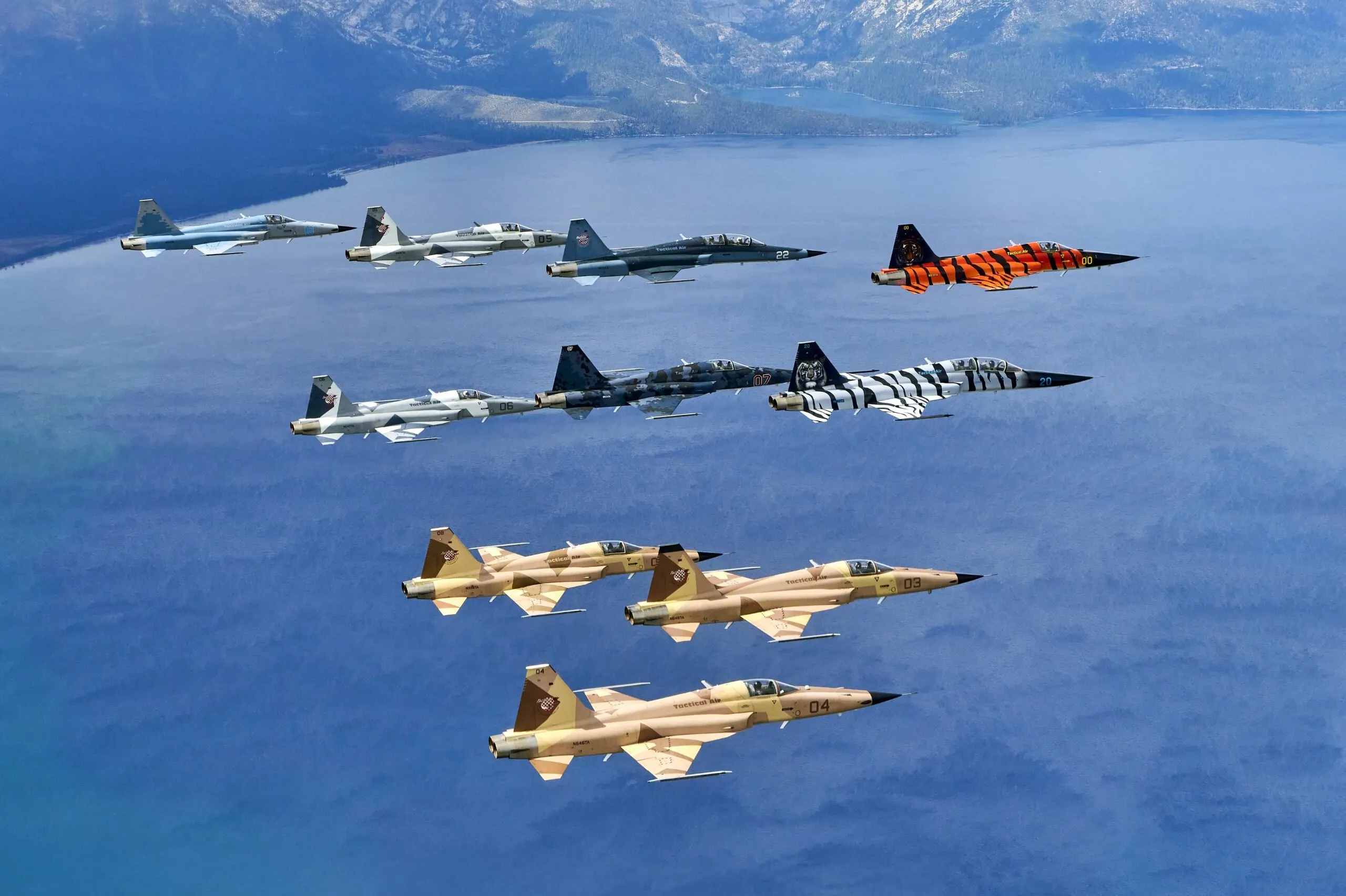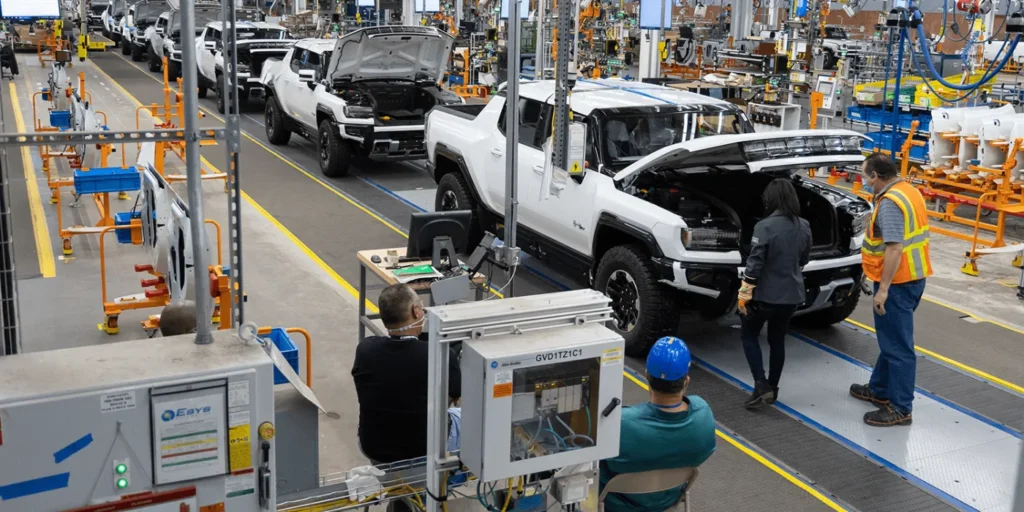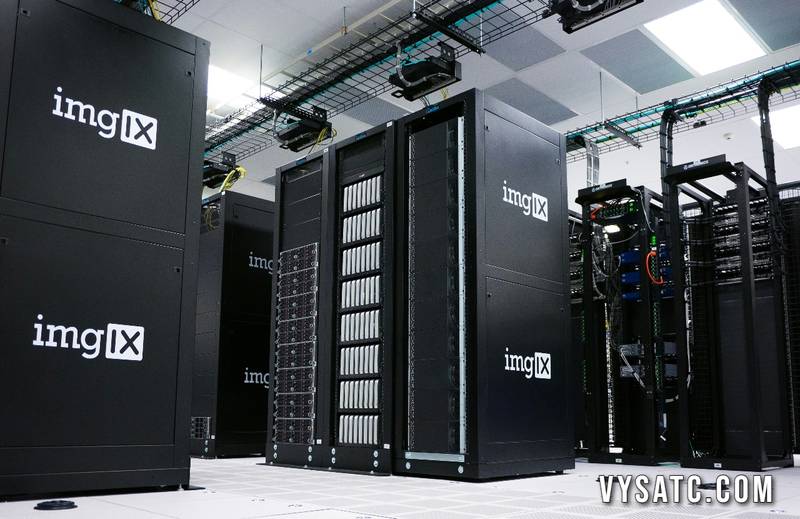Tactical Air Support Squadron: Role, Importance, and Modern Applications
Introduction
In modern warfare and defense operations, few units are as vital as the Tactical Air Support Squadron. These specialized squadrons provide airborne reconnaissance, close air support, surveillance, and combat readiness to assist ground and naval forces. From guiding precision strikes to providing real-time intelligence, a tactical air support squadron ensures military operations remain effective, safe, and coordinated.
In this article, we will explore the functions, history, structure, and importance of tactical air support squadrons, providing insights for beginners curious about military aviation and for defense professionals seeking in-depth analysis.
What is a Tactical Air Support Squadron?
A Tactical Air Support Squadron (TASS) is a military aviation unit designed to provide air support to ground and naval forces. Its primary tasks include:
- Close Air Support (CAS): Delivering precision firepower during ground combat.
- Aerial Reconnaissance: Gathering intelligence and monitoring enemy positions.
- Electronic Warfare Support: Disrupting enemy communications and radar.
- Forward Air Control: Coordinating airstrikes with ground commanders.
- Search and Rescue Assistance: Providing air cover during extraction missions.
These squadrons form the link between air and ground forces, ensuring that aerial assets are effectively integrated into tactical battlefield strategies.
The History of Tactical Air Support Squadrons
World War II and Early Origins
- The concept of air support was first proven during World War II, when fighter and bomber aircraft were used to support ground troops.
- Specialized squadrons emerged to provide tactical bombing, reconnaissance, and fighter escort missions.
Cold War Era
- During the Cold War, nations invested in dedicated tactical air support squadrons to counter evolving threats.
- Jet fighters, electronic warfare aircraft, and helicopters became integral parts of tactical air operations.
Modern Developments
- Today, tactical air support squadrons operate with advanced aircraft like F-16 Fighting Falcons, A-10 Thunderbolt II (Warthog), and UAVs (Unmanned Aerial Vehicles).
- They now integrate AI-driven targeting, satellite data, and network-centric warfare systems.
Core Functions of a Tactical Air Support Squadron
1. Close Air Support (CAS)
- Delivering precision-guided munitions, rockets, or strafing runs to assist ground forces.
- Supporting infantry during urban combat and counter-insurgency operations.
2. Reconnaissance and Surveillance
- Using drones, aircraft sensors, and satellite uplinks to provide real-time battlefield intelligence.
- Tracking enemy movement, logistics routes, and potential ambush points.
3. Forward Air Control (FAC)
- Acting as liaisons between pilots and ground commanders.
- Ensuring airstrikes hit precise targets without endangering friendly forces.
4. Electronic Warfare and Cyber Integration
- Disrupting enemy communications, GPS, and radar systems.
- Protecting allied communications from cyber intrusion.
5. Humanitarian and Search & Rescue Support
- Deploying aircraft for medical evacuation and relief supply drops.
- Providing air cover during rescue missions in hostile zones.
Organizational Structure of a Tactical Air Support Squadron
A typical squadron includes:
- Commanding Officer (CO): Leads the squadron and coordinates missions.
- Pilots & Aircrew: Operate aircraft for tactical missions.
- Forward Air Controllers: Connect air missions with ground operations.
- Intelligence Officers: Analyze reconnaissance and enemy activity.
- Maintenance & Logistics Teams: Keep aircraft combat-ready.
- Cyber & Electronic Warfare Specialists: Handle digital threats and signal operations.
Aircraft Commonly Used in Tactical Air Support Squadrons
- A-10 Thunderbolt II (Warthog): Designed for close air support.
- F-16 Fighting Falcon: Multi-role fighter used in air-to-ground missions.
- F/A-18 Hornet: Navy aircraft for tactical support.
- AH-64 Apache Helicopter: Provides rotary-wing support in low-altitude missions.
- MQ-9 Reaper Drone: Unmanned aerial vehicle for long-endurance reconnaissance and strike missions.
The Role of Tactical Air Support in Modern Warfare
Asymmetric Warfare & Counter-Insurgency
- Squadrons are critical in targeting insurgents, safehouses, and supply routes.
- They provide precision strikes that reduce collateral damage.
Joint Military Operations
- Modern warfare requires integration of air, land, sea, and cyber forces.
- Tactical air support squadrons ensure this integration through joint strike coordination.
NATO & International Cooperation
- Tactical air support squadrons are vital for allied operations under NATO and UN missions.
- Shared intelligence and coordinated strikes improve multinational defense readiness.
Benefits of a Tactical Air Support Squadron
- ✅ Force Multiplier: Enhances effectiveness of ground and naval forces.
- ✅ Situational Awareness: Provides real-time intelligence.
- ✅ Rapid Response: Quick to deploy in crisis zones.
- ✅ Reduced Casualties: Precision strikes minimize risks to friendly troops.
- ✅ Strategic Flexibility: Adaptable across combat and humanitarian missions.
Challenges Faced by Tactical Air Support Squadrons
- High Operational Costs – Aircraft maintenance, fuel, and training are expensive.
- Pilot Fatigue & Shortage – Skilled pilots require extensive training.
- Technological Competition – Enemies develop anti-aircraft and electronic warfare tools.
- Cybersecurity Threats – Digital attacks on communication networks pose risks.
- Political & Ethical Concerns – Civilian safety and collateral damage are global concerns.
Future of Tactical Air Support Squadrons
- Integration of AI & Autonomous Systems → Smarter drones and autonomous jets.
- Hypersonic Aircraft → Rapid deployment with speeds beyond Mach 5.
- Space-Based Reconnaissance → Satellites integrated with tactical squadrons.
- Cyber-Aerospace Fusion → Blending air support with advanced cyber warfare.
- Greener Technologies → Reducing fuel dependency with hybrid engines.
FAQs About Tactical Air Support Squadrons
Q1: What is the main purpose of a Tactical Air Support Squadron?
A1: Its main purpose is to provide airborne assistance, intelligence, and precision strike capabilities to ground and naval forces.
Q2: What aircraft are commonly used in tactical air support?
A2: Popular aircraft include the A-10 Thunderbolt II, F-16 Fighting Falcon, AH-64 Apache helicopter, and MQ-9 Reaper drones.
Q3: How do Tactical Air Support Squadrons differ from regular fighter squadrons?
A3: Unlike fighter squadrons focused on air-to-air combat, tactical squadrons prioritize ground support, reconnaissance, and integrated warfare missions.
Q4: Are Tactical Air Support Squadrons used in humanitarian missions?
A4: Yes. They are deployed in search and rescue, disaster relief, and medical evacuation operations.
Q5: What is the future outlook of Tactical Air Support Squadrons?
A5: The future involves AI integration, hypersonic aircraft, cyber warfare, and advanced drones that will redefine tactical support missions.
Conclusion
The Tactical Air Support Squadron plays a pivotal role in modern defense strategies. By combining firepower, intelligence, electronic warfare, and humanitarian assistance, these squadrons act as the backbone of joint military operations. Their ability to adapt to changing battlefields, integrate with ground forces, and leverage cutting-edge technology ensures they remain a vital component of global security.
👉 If you’re passionate about military aviation, defense strategy, or the future of tactical air power, stay updated with our latest guides and insights on aerospace and defense technology.





Post Comment